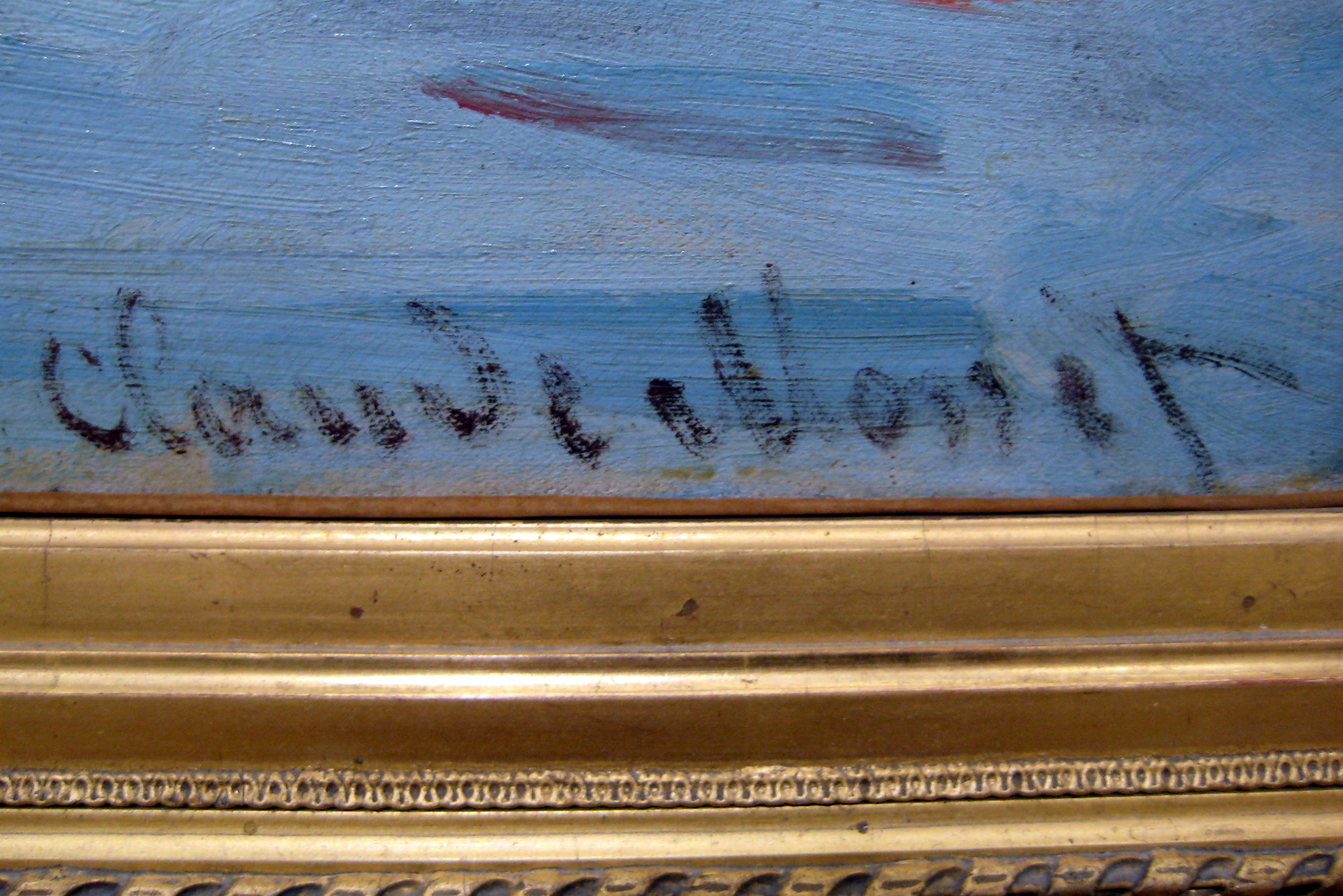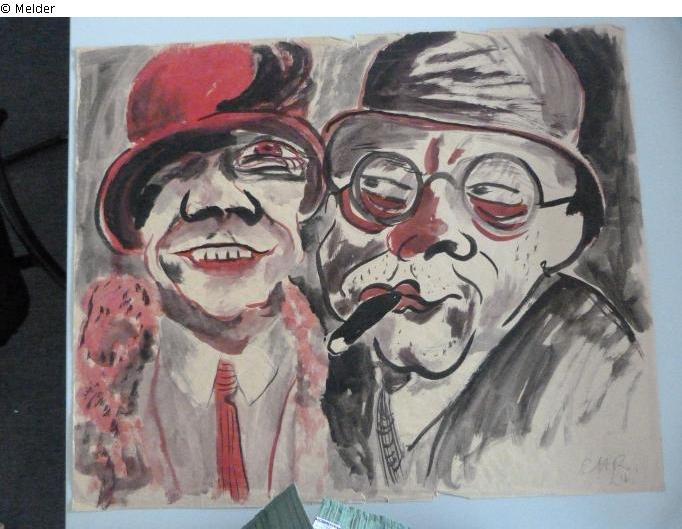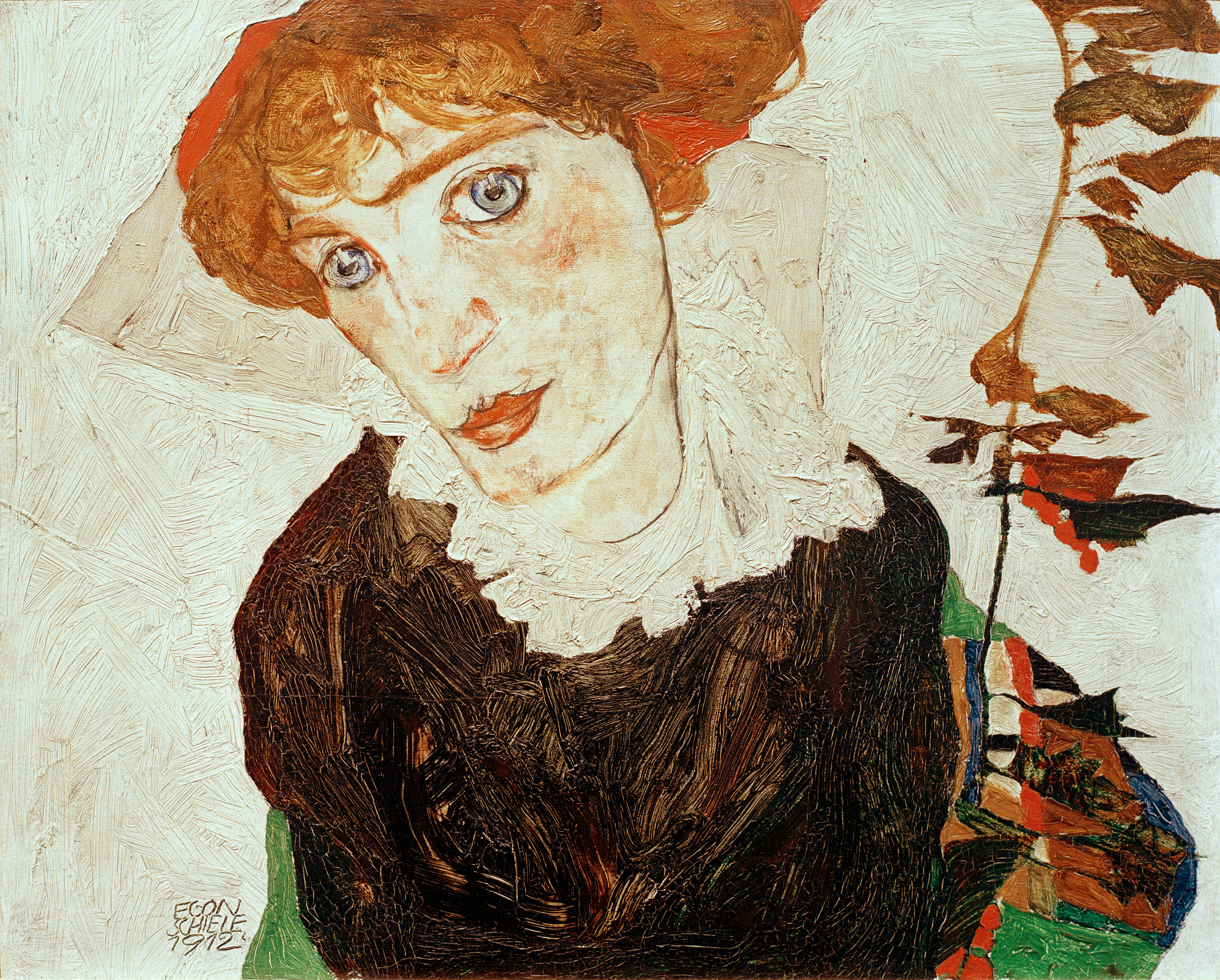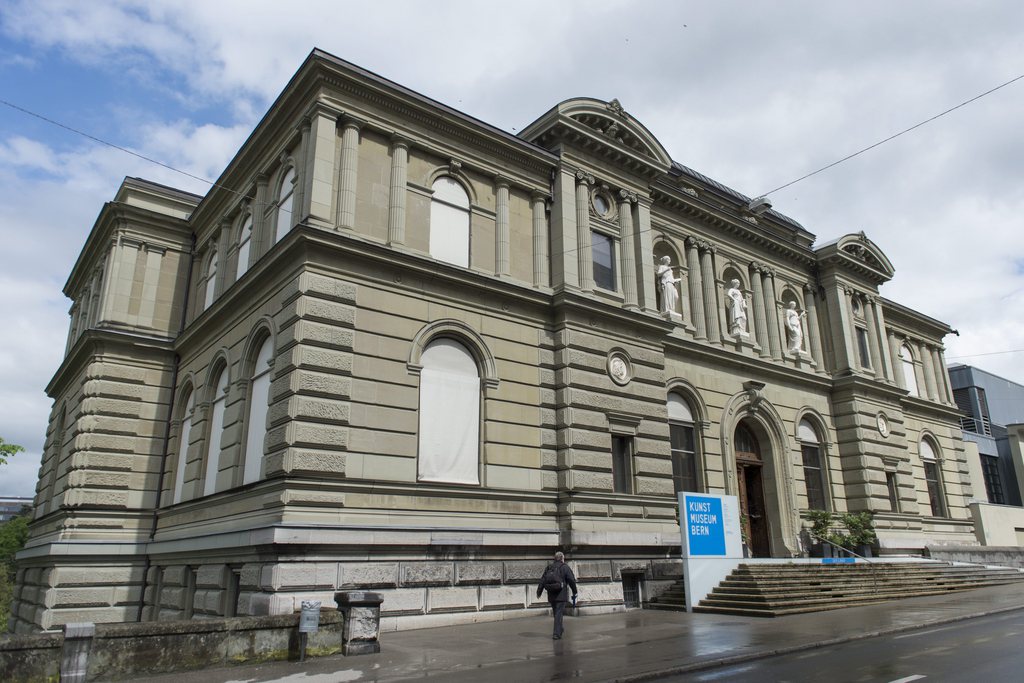Monet from Gurlitt collection found in suitcase

A painting by Claude Monet has surfaced in a suitcase owned by Cornelius Gurlitt, who left his entire collection of controversially sourced art to Bern’s Kunstmuseum in May.
The suitcase and the painting inside it had travelled to the hospital with Gurlitt shortly before his death on May 6. The hospital turned over the suitcase and its contents to Gurlitt’s lawyer at the beginning of September, according to the German “Schwabing Art Trove” organisation.
Gurlitt, who lived a reclusive lifestyle, inherited the paintings, sketches and prints in his collection from his father Hildebrand Gurlitt, a prominent German art dealer in the 1930s and 1940s who worked with the Nazi regime. The current value of the collection is an estimated CHF1.23 billion ($1.4 billion).

More
Inside the Gurlitt collection
The newly discovered Monet painting is a drawing on paper that depicts a landscape on a blue background. According to the Schwabing Art Trove, the work bears resemblance to Monet’s “Vue de Sainte-Adresse”. German experts are currently examining the latest Gurlitt find to see whether it constitutes looted art.
Shortly before his death, the younger Gurlitt voluntarily turned his collection over to German authorities, who examined it for evidence of having been looted from Jewish families in the Nazi era. He did not live to see it returned to him.
The secret hoard of more than 1,400 artworks was discovered by chance in 2012 when German tax officials raided Gurlitt’s Munich apartment. The collection was thought to have been lost in the Second World War.
Officials were looking for possible undeclared income after Gurlitt, returning from Switzerland by train, had been found by customs officers to be carrying a large sum of cash.
The Bern Kunstmuseum – or Museum of Fine Arts – was stunned by Gurlitt’s bequest and must decide before the end of the year whether to take the collection. Museum authorities are currently working under high pressure to gain an overview of the collection and its contents in order to reach the ethically difficult decision.

In compliance with the JTI standards
More: SWI swissinfo.ch certified by the Journalism Trust Initiative



You can find an overview of ongoing debates with our journalists here. Please join us!
If you want to start a conversation about a topic raised in this article or want to report factual errors, email us at english@swissinfo.ch.